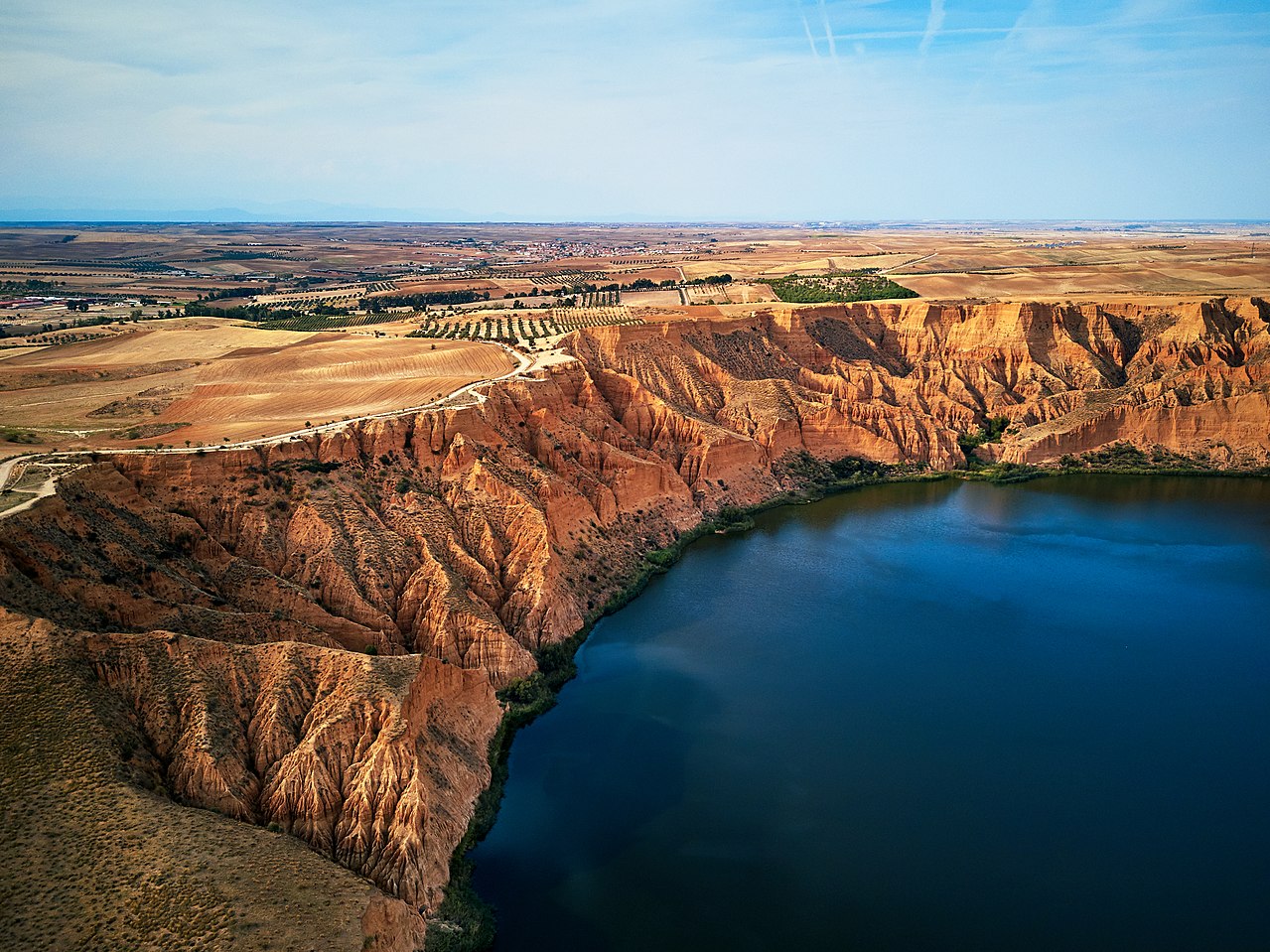
If you want to know what to see near the Barrancas de Burujón it is because you have heard about this wonder of nature and you propose to visit it. You plan to get to know it, but you also want to enjoy its surroundings and its nearby towns.
They are also known as Castrejón and Calaña canyons and are located about thirty kilometers from the city of Toledoin the same province. They therefore belong to the Autonomous Community of Castilla-La Mancha. But, as they will be the first thing you will visit, before touring its surroundings, we are going to explain everything you need to know about them. Then we will focus on what to see near the Burujón ravines.
What are they and how were the Burujón ravines formed?
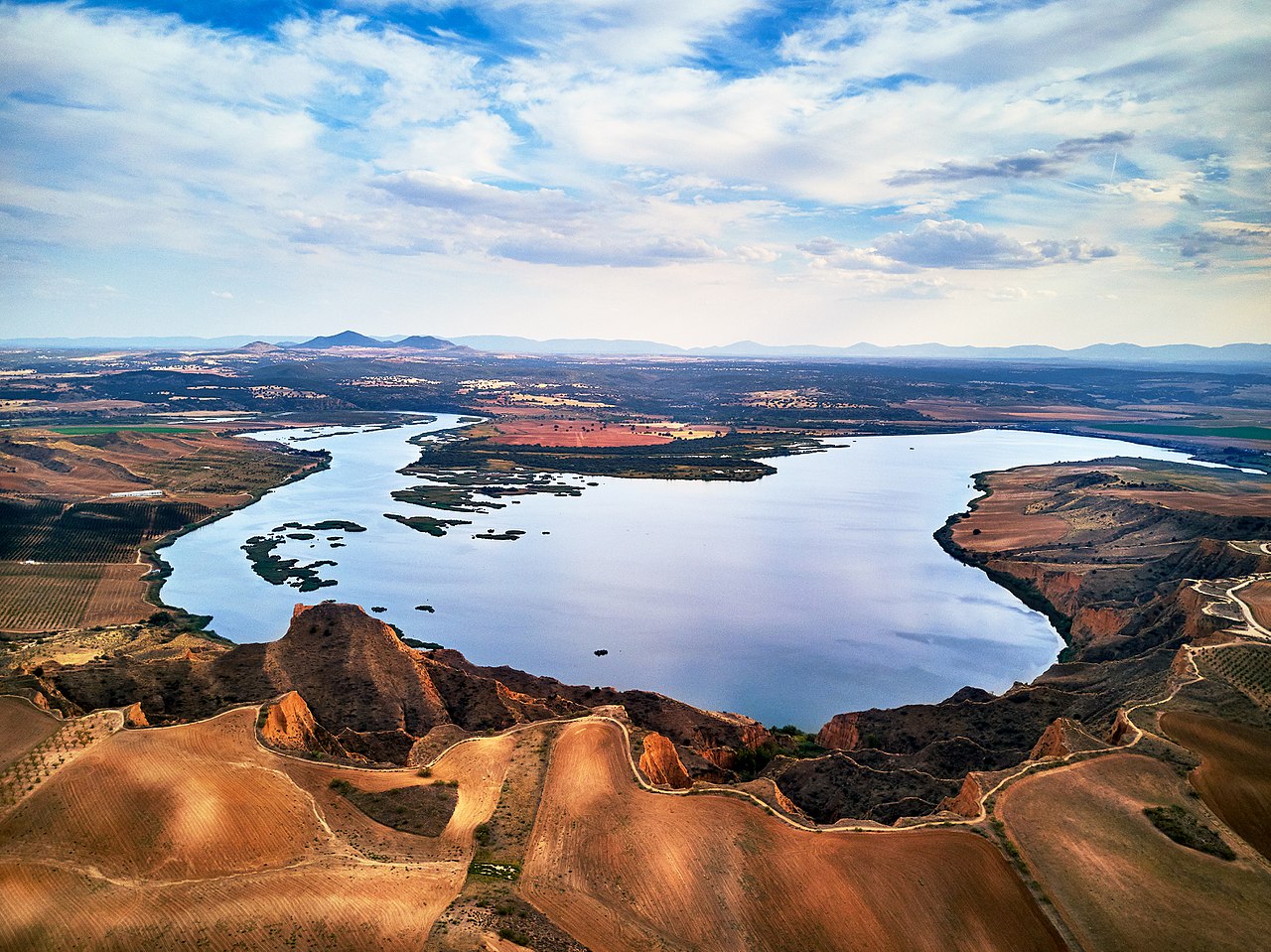
Complete view of the Barrancas de Burujón
The ravines are what is called clayey cuts. They are approximately one kilometer long and reach heights of more than one hundred meters. In fact, the point of maximum altitude, which is called Cambron Peak, measures one hundred and twenty.
They began to form about twenty-five million years ago, during the Miocene, due to the erosion of the wind and, above all, of the waters of the tagus river on clay soil. Thus, these gullies were created that today impress us with their beauty. Already in 1967, the castrejon reservoir, which contributes to make the whole more spectacular.
If you can, we advise you to visit them at sunset. Because the sunset makes the reddish color of its walls shine even more. Since 2010, the ravines are listed as Natural Monument and, likewise, they hold the categories of Special Protection Area for Birds and Place of Community Interest of the Natura 2000 Network. But it is also important that we explain how to visit them.
How to visit the canyons of Castrejón and Calaña
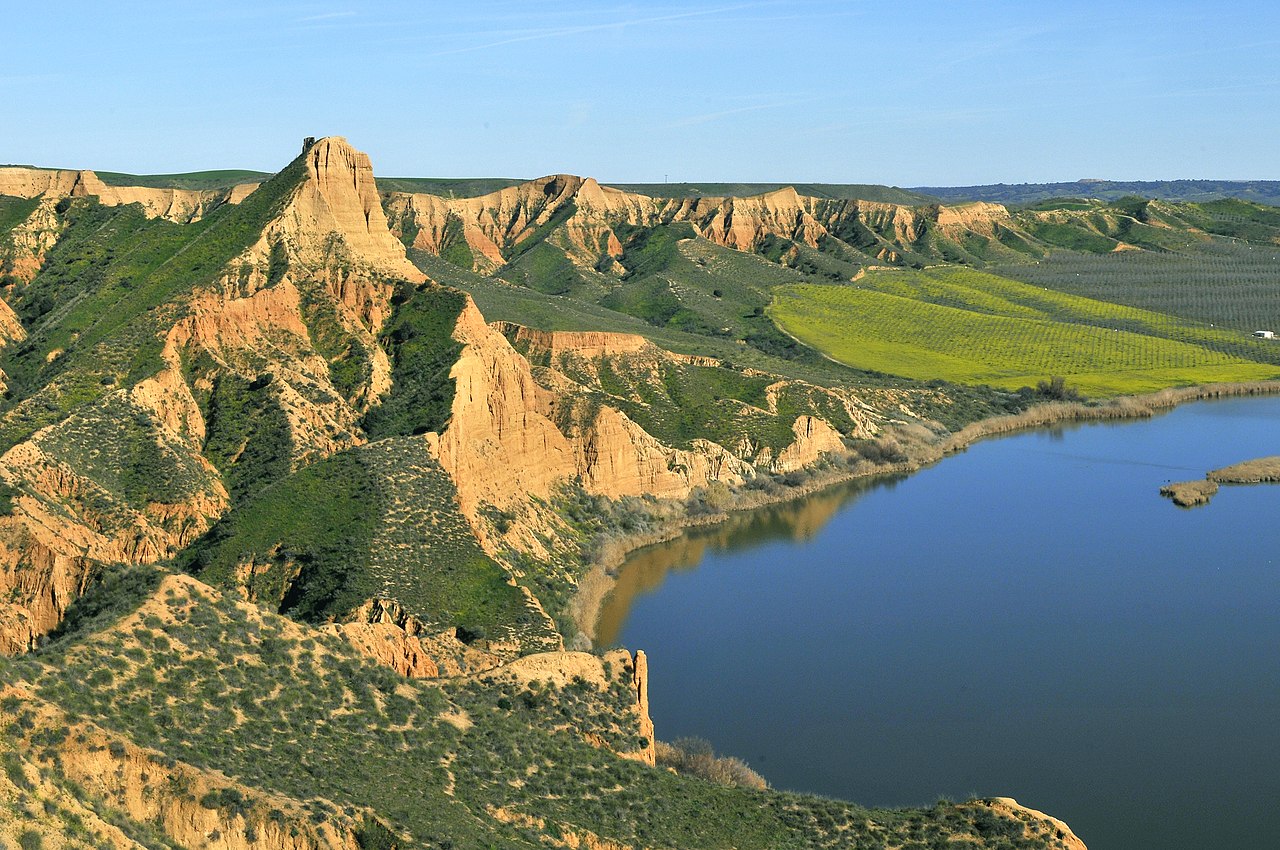
The Barrancas de Burujón at sunset
If you travel from Toledo, you will reach the ravines by the CM-4000 road that communicates the capital with Talavera de la Reina. At kilometer 26 you have a dirt track on the left that will take you to the car park.
Exactly from him comes the Ecological Trail of Las Barrancas, created in 2002 for visitors to fully enjoy this wonder of nature. It is barely three kilometers long and crosses farm fields. But, above all, it takes you to two spectacular viewpoints. However, especially if you go with small children, be careful because the path runs parallel to the cliffs and there are no protective fences. In addition, since it is clayey soil, it does not have consistency and, if they get close to the edge, they could fall into the void.
The first lookout is the one from Cambron, peak that we have already mentioned. It will hardly take you fifteen minutes to reach it and it offers you a complete panoramic view of this impressive place. A little further, you have the one of the junipers, next to which, in addition, you have a picnic area.
Also, along the way you will see different information panels on the flora and fauna of the ravines. As for the first, the very conformation of the terrain makes it scarce. you will hardly see some willow, reed and ephedra. Very different is the case of fauna. Regarding her, the birds are the real protagonists. There are different types of eagles, eagle owls and black vultures. On the other hand, the peregrine falcon, which was very abundant, has decreased its population in recent years.
Along with these, you can also see kestrels, hawks, cormorants or night herons. As for mammals, in the area there are species such as the genet, the wild cat, the hare and the marten. There are also snakes like the ladder snake, lizards like the ocellated and common frogs. In short, it is a place so impressive that it has been baptized as "The Grand Canyon of the Colorado of Toledo" because of its similarity to that of United States. But you still have more surprises in the surroundings.
Towns to see near the Burujón ravines
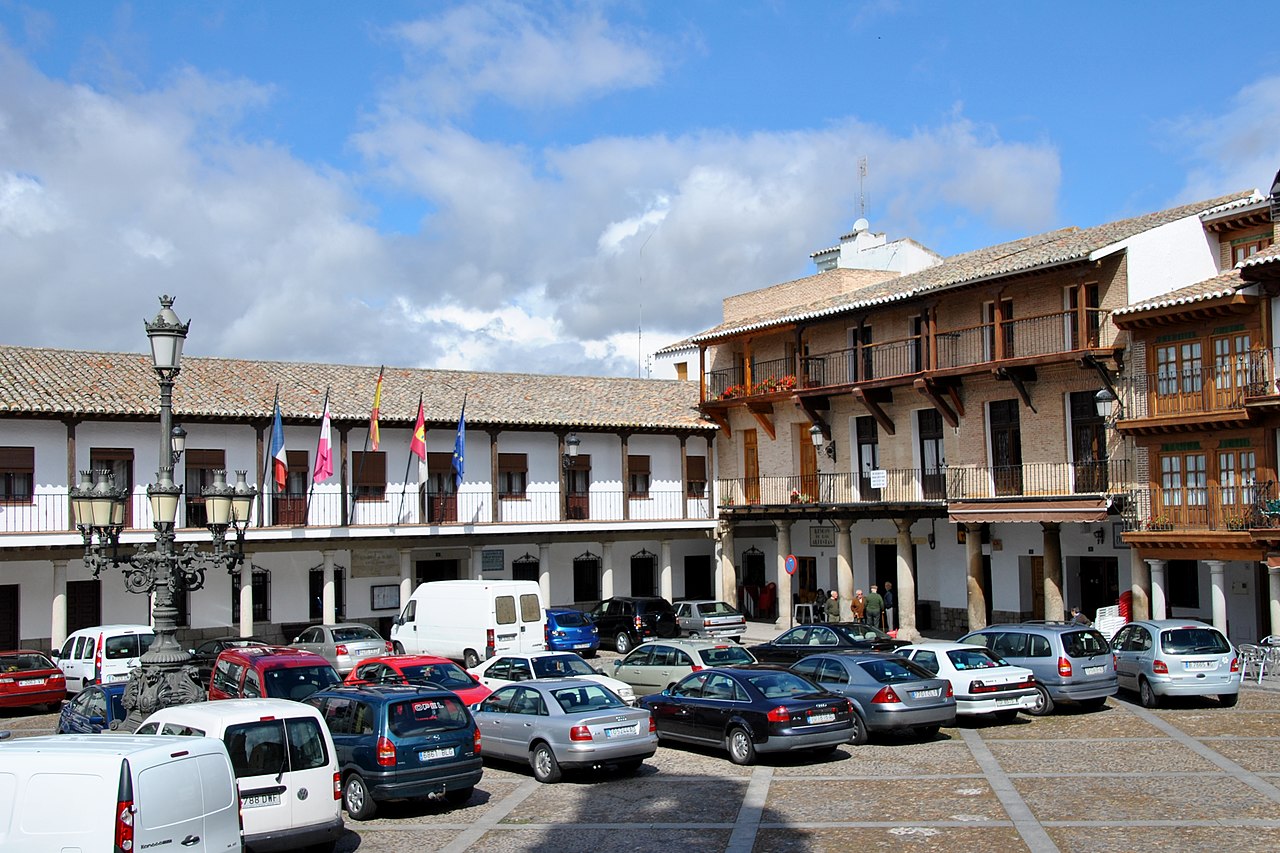
The beautiful Plaza Mayor in La Puebla de Montalbán
As we told you, the ravines are in the province of Toledo, specifically, they occupy an area of 217 hectares between the municipalities of Burujón, Aldearreal de Tajo and La Puebla de Montalbán, three beautiful villas that we also advise you to visit. But, mainly, they all belong to the region of Torrijos, another town full of interest. We are going to show you, therefore, what to see near the Burujón ravines.
The Puebla de Montalbán
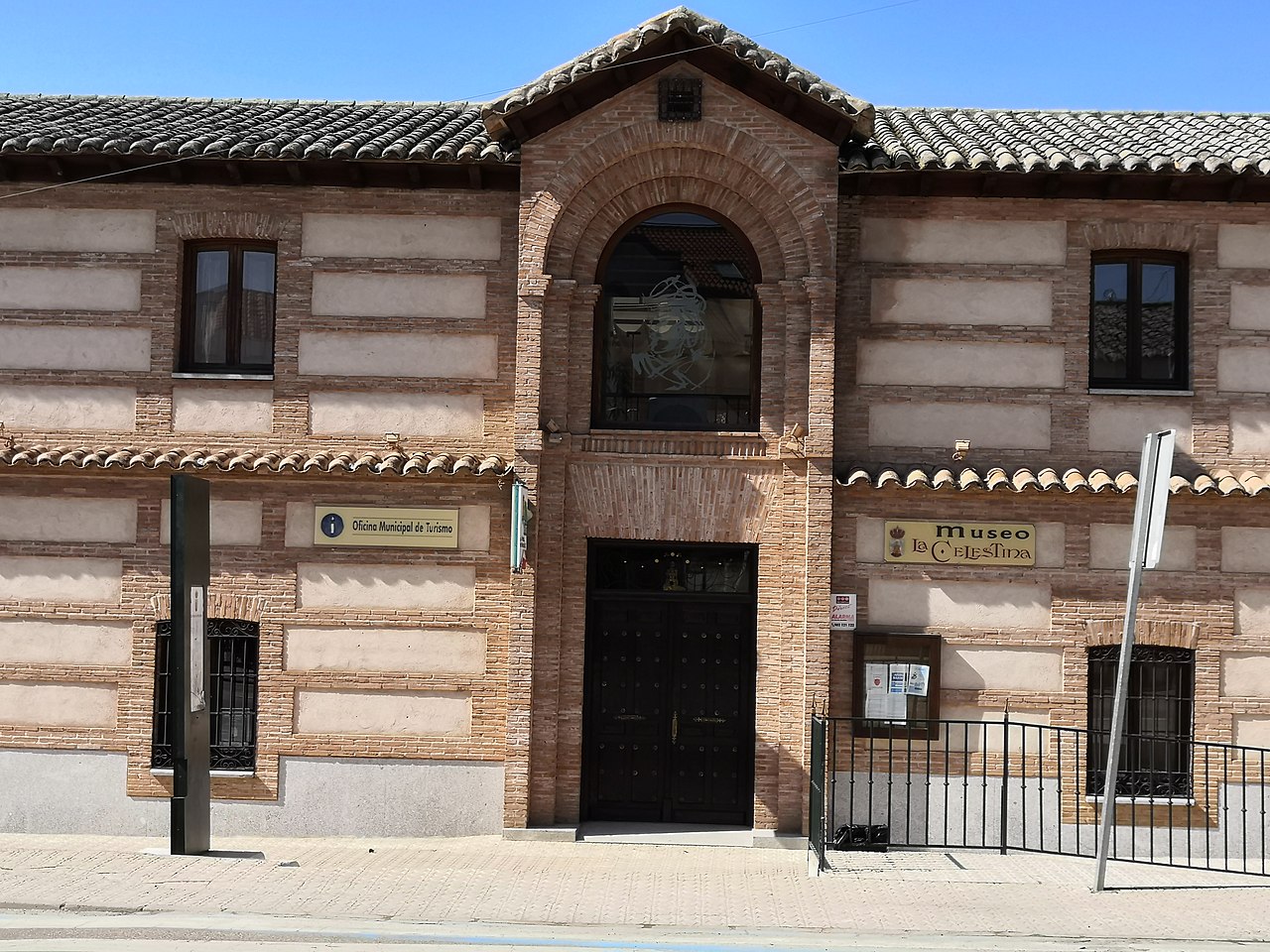
Facade of the La Celestina Museum
This town of about eight thousand inhabitants is famous because it saw the birth of Ferdinand de Rojas, considered author of La Celestina. In fact, it has a museum dedicated to this universal literary work and its creator. It is located in a building from the end of the XNUMXth century that was a charitable hospital and a secondary school. A local event is also organized Celestine Festival, which offers plays, a Renaissance market and other activities.
However, perhaps the symbol of La Puebla is the Saint Michael's Tower. It is what remains of a primitive church and is dated at the beginning of the XNUMXth century. With Herrerian features, it has a square plan and three heights crowned by a four-sided roof. Instead, despite its name, the Montalban Castle It is not located in this villa, but in the nearby and equally beautiful San Martin de Montalbán. However, we also advise you to visit it, as well as the nearby Church of Santa Maria de Melque.
Returning to La Puebla, the Palace of the Counts of Montalbán, a Renaissance work of art from the XNUMXth century. It stands out for its symmetry and its main portico. in it died Diego Colon, son of the great admiral. It frames, next to the Town Hall and the church that we will mention, the flirtatious Plaza Mayor, with its typically Castilian arcades. To the same period belongs the bridge of eleven eyes on the Tagus river.
Regarding the religious heritage of La Puebla, we advise you to visit the convents of the Franciscan Fathers and the Conceptionist Mothers, both representative of the Toledo Renaissance. Previous is the church of Our Lady of Peace, as it was built in the XNUMXth century and is dedicated to the patron saint of the town. Finally, visit the hermitages of Christ of Charity, of San José and of the Most Holy Christ of Forgiveness.
Torrijos
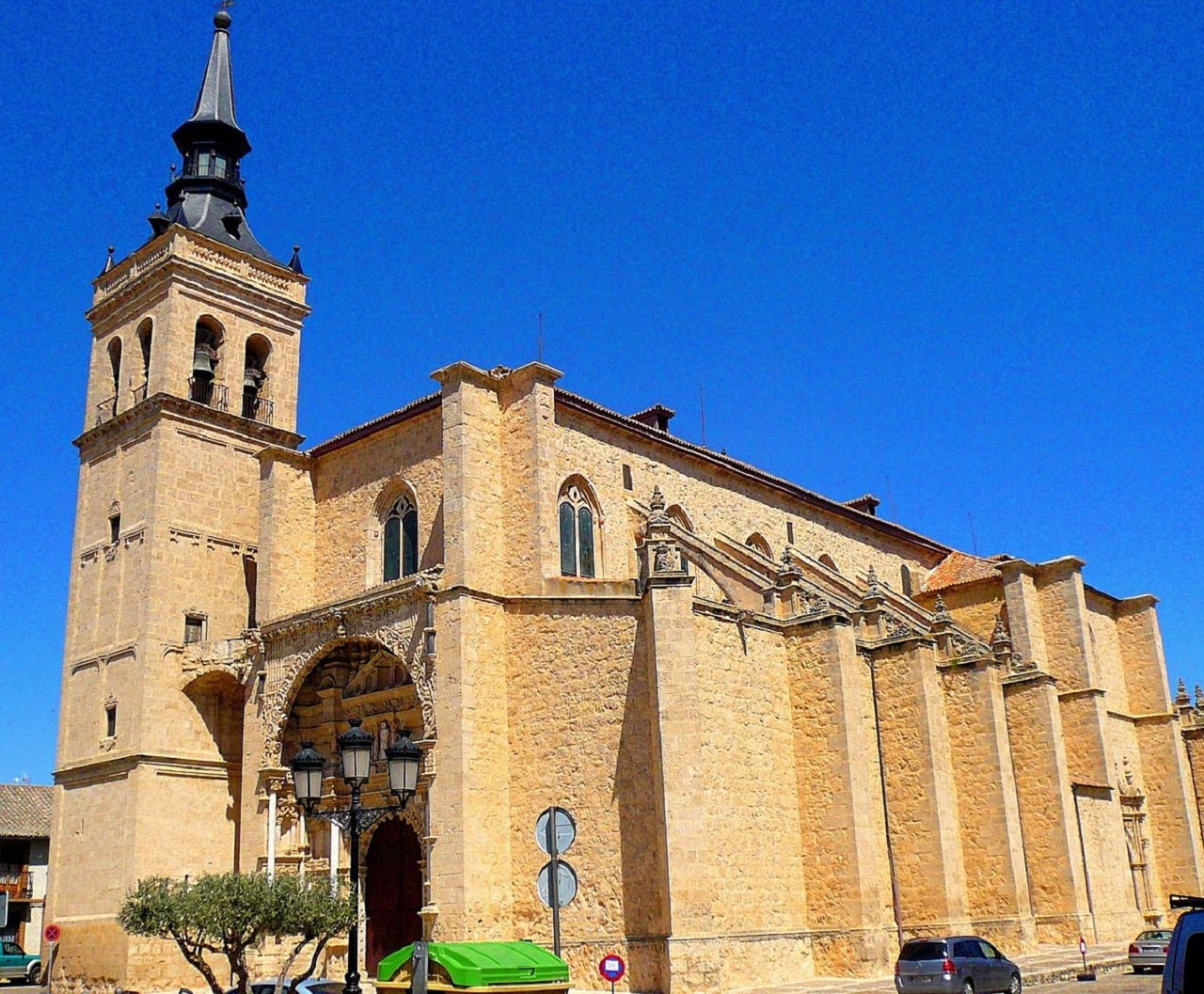
Collegiate Church of the Blessed Sacrament in Torrijos
It is the largest town in the region, with about fourteen thousand inhabitants. Important since Visigothic times for being a place of passage between the capital of the kingdom, Toledo, and the city of Ávila, offers you a good number of spectacular monuments. We advise you, first of all, to approach the Plaza Mayor, whose building dates from the XNUMXth century, although it has undergone various reforms.
But the great symbol of Torrijos is the Collegiate Church of the Blessed Sacrament, also built at the beginning of the XNUMXth century with transition features between the Gothic and Renaissance styles. Inside, you can visit three chapels. the one of S It is intended for the patron saint of the town. But it is more interesting Capilla Mayor, now converted to parish museum. Among his pieces, the altarpiece stands out due to Juan Correa de Vivar and a golden tabernacle.
Next to the collegiate church, the other emblem of Torrijos is the imposing Palace of Don Pedro de Castilla, which this Castilian monarch had built for his wife, Maria de Padilla. However, the building that we can see today is later. It is due to the architect Anton Egas, master of Spanish Gothic, to which he added Mudejar features. It is an impressive construction that also houses treasures inside. This is the case of its two cloisters and the Chapter Room, which has a beautiful coffered ceiling. Although it houses municipal offices, you can visit it even with a guide.
We also advise you to see in this beautiful Toledo town the Chapel of the Christ of the Blood. It was built on top of an old synagogue by Gutierre de Cardenas as part of Hospital of the Holy Trinity. Its spectacular Renaissance patio and the image of Cristo de la Sangre, which gives it its name, stand out in the complex.
Finally, be sure to see in Torrijos the train station. It is a beautiful XNUMXth century construction made of berroqueña stone and decorated with semicircular arches. And if you like them castles, the region offers several spectacular. We have already told you about Montalbán, but also you have those of Barcience, Caudilla, San Silvestre, Escalona, Maqueda and Guadamur. The latter has been restored in the year 2000 and is in perfect condition.
Albarreal de Tajo and Burujón
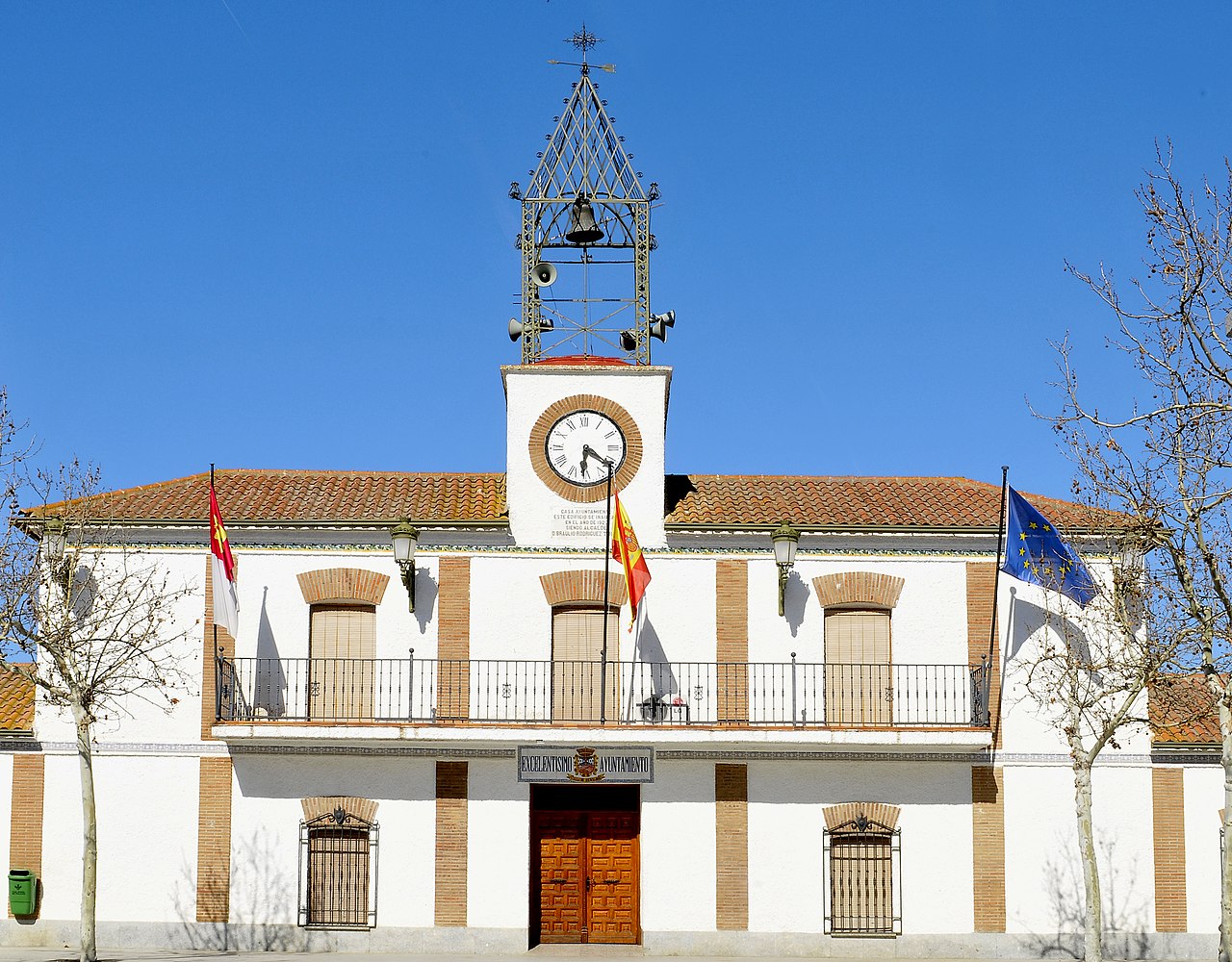
Burujón Town Hall
We finish our tour with what to see near the Burujón ravines in these two small towns that also belong to the Torrijos region. In Albarreal, we recommend that you visit the Parish Church of the Assumption, built in the XNUMXth century, although mostly Gothic. Likewise, on the Cerro del Moro you have the hermitage of Our Lady of Hope Macarena.
As for Burujón, the hermitage of San Pantaleón, a marvel of the XNUMXth century that recreates the Mudejar style. It is also worth seeing the modern church of San Pedro Apóstol, with its avant-garde air, and the Palace of the Counts of Cifuentes.
In conclusion, we have shown you what to see near the Burujón ravines, in the province of Toledo. Now you know what you can visit in towns with as much history as The Puebla de Montalbán o Torrijos. But you also have all the information to see this natural wonder created by the tagus river over millions of years. Dare to meet her.